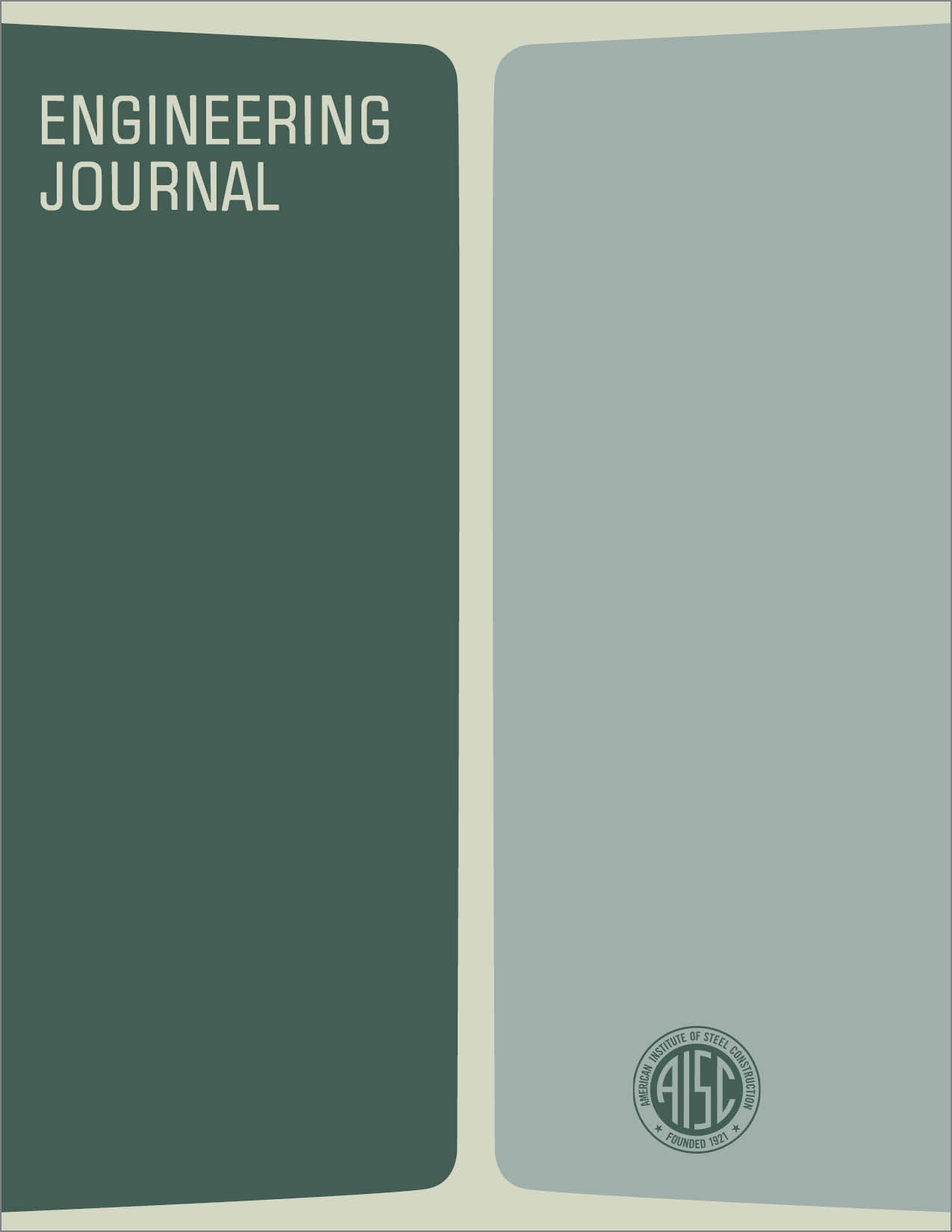Adapting the AISC Specification to Computer-Aided Design
DOI:
https://doi.org/10.62913/engj.v8i3.167Abstract
Initial applications of high-speed computers in structural engineering were mostly numerical or computational in nature and dealt with analysis of structures. As a result, structures are now routinely analyzed with a much higher degree of realism and accuracy than ever before. However, even though the early programs were followed by various design programs, we do not have design programs comparable in scope and generality to existing analysis programs. There are two reasons for this lag in computer-aided design. First, the nature of the problem is decidedly more complex. While analysis consists overwhelmingly of numerical or computational operations, the design process consists predominantly of "logical" operations of checking and testing, the calculations themselves being almost trivial. General procedures for defining such logical processes are much more difficult to develop as compared to analysis procedures. Second, design processes are governed to a great extent by external constraints prescribed by the various codes and specifications. Typically, these codes and specifications are implicitly written as an aid to hand computation, and are not readily adaptable to computer applications. Verbal descriptions of the provisions of codes and specifications often require lengthy interpretation based on the users experience and judgment. Thus, a major step towards computer-aided design can be taken by using a scheme which displays clearly and concisely the logic embodied in the Specification constraints. Furthermore, the rapidly changing state of the art of structural design requires a mode of presentation capable of readily accommodating revisions. This paper describes a general technique, called decision logic tables," for the documentation and communication of design constraints such as those provided by specifications. The adaptation of the1969 AISC Specification to this technique will be used for illustration, based on a recent study sponsored by AISC. The technique is also applicable to constraints not covered by theSpecification, and computer programs using this form of the Specification can be readily incorporated into larger, overall design programs.

